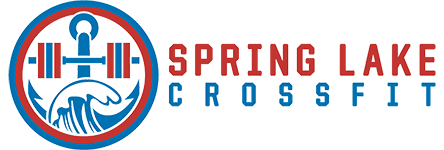While the movement of lifting the hips up and down while lying on your back may seem basic, the bridge is actually a powerhouse of an exercise that can benefit people with back pain, professional athletes and everyone in between.

BEFORE WE GET INTO THE STEPS TO PROPERLY TEACH THIS MOVEMENT LET’S REVIEW A FEW THINGS WE CAN SEE WHEN TEACHING THIS.
- Knees fall out to the side
- Hips aren’t able to rise up
- Shoulders are rounded in
- Arms are not able to lay flat
- Big arch in the back
If we set this exercise up properly and have our athletes execute it properly it can make a world of difference. You as the trainer will be able to identify where they need to stop and the athletes will get the most benefit.
Remember doing 1-2 reps perfect is much better than many reps the wrong way.

SET UP
1. Lie on you back, with your knees bent feet on the floor.
2. Place your feet hip width apart, knees inline with your toes (this is hard for some athletes)
3. Place your arms by your side and firmly press them into the floor, reach your arms as long as you can. (This is the spot where you will notice tight chest and shoulders, many people may not be able to keep their arms flat)
4. Walk your feet closer to your finger tips, your heels should be just about under your knees and still hip width apart.
ACTION
- Firmly press your arms, shoulders, and feet into the mat
- Inhale and tighten/brace the middle of your body
- Continue pressing into your arms and feet to lift your hips off of the mat, try to work from your abdominal muscles.
- When you come to a bridge position on your shoulders with your knees, hips and shoulders in one line. Your abs and hamstrings should be well engaged.
- To lower to the floor continue to press your hands, arms, feet into the floor while slowly lowering down.
POINTS OF PERFORMANCE AND CUES TO HELP YOUR ATHLETES

- Imagine holding something between your knees. This is to keep your knees inline with your hips and feet and engage their abductors and adductor muscles.
- Firmly press into your big toe knuckle and heel to create stability…Push away from the floor
- Lift with your abdominal muscles instead of your hamstrings
- Think about pressing your shoulders into the floor. This will help open up peoples shoulders and chest
- Reach your knees out over your toes. This is a more visual cue, their knees shouldn’t actually be going over the toes. This one is great if they get it it helps stretch the quads and get my lift.
By: Box Pilates
